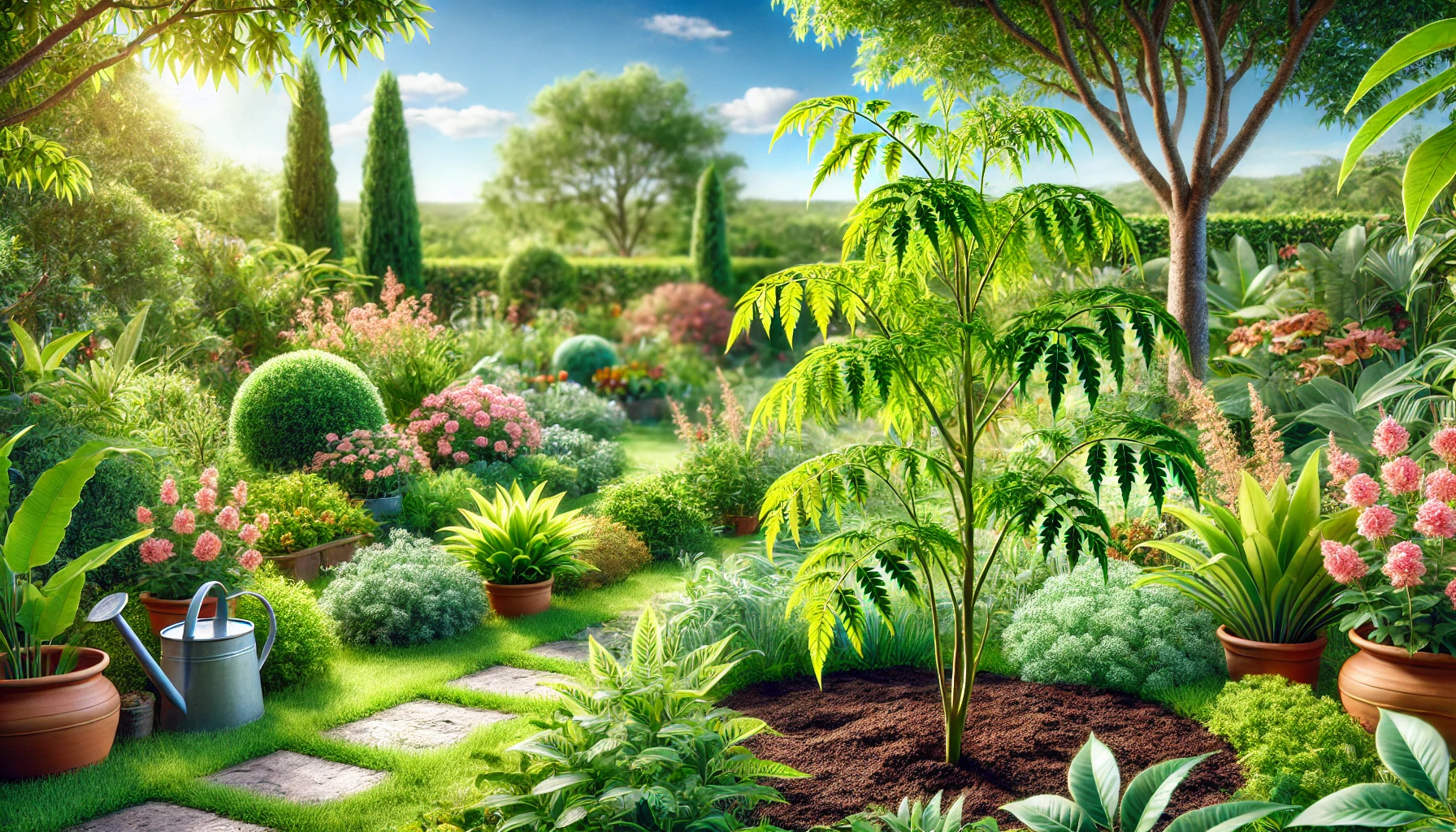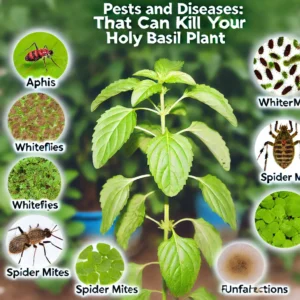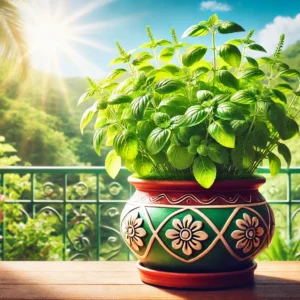Neem (Azadirachta indica) is a versatile tree native to the Indian subcontinent, renowned for its myriad uses in agriculture, medicine, and cosmetics. It’s prized for its potent insecticidal properties, as well as its ability to thrive in diverse climates and soil conditions. Cultivating neem from seed allows enthusiasts to harness its benefits while contributing to environmental sustainability.
Ideal Weather Conditions for Neem Plants
| Weather Condition | Ideal Range |
|---|---|
| Temperature | 20°C – 30°C (68°F – 86°F) |
| Sunlight | Full to partial sun |
| Humidity | Moderate to high |
| Rainfall | Well-drained soil |
Choosing the Right Neem Seeds
When selecting neem seeds, opt for fresh, plump seeds with intact outer shells. Avoid seeds that appear damaged or shriveled. Alternatively, collect seeds from mature neem fruits, ensuring they are fully ripe before extraction. Preserve seeds in a cool, dry place until planting to maintain viability.
Growing Neem Seedlings
- Seed Preparation: Soak neem seeds in water for 24 hours to soften the outer shell, enhancing germination.
- Seedling Trays: Fill seedling trays with a well-draining potting mix, composed of equal parts peat moss, perlite, and vermiculite.
- Planting: Sow neem seeds 1 inch deep in the prepared trays, spacing them evenly.
- Moisture and Temperature: Keep the soil consistently moist but not waterlogged, maintaining a temperature range of 20°C to 30°C.
- Germination: Neem seeds typically germinate within 1 to 2 weeks, with seedlings emerging.
- Transplanting: Once seedlings develop several sets of true leaves, transplant them into larger pots or directly into the garden.
Nutrition Requirements for Neem Plants
| Nutrient | Purpose |
|---|---|
| Nitrogen (N) | Promotes leaf and stem growth |
| Phosphorus (P) | Stimulates root development and flowering |
| Potassium (K) | Enhances overall plant vigor and disease resistance |
Creating the Perfect Soil Mix
To create an optimal soil mix for neem plants, blend the following organic ingredients in the specified ratios:
| Organic Ingredient | Amount |
|---|---|
| Garden soil | 40% |
| Compost | 30% |
| Sand | 20% |
| Perlite | 10% |
Mix thoroughly to ensure uniform distribution of components, providing a well-draining and nutrient-rich medium for neem growth.
Seedling Transfer to Garden or Raised Bed
- Preparation: Choose a well-drained location with full sun exposure for planting neem seedlings.
- Spacing: Space neem seedlings at least 10 feet apart to accommodate their eventual size.
- Soil Amendment: Incorporate compost or well-rotted manure into the planting area to enrich the soil.
- Transplanting: Gently remove seedlings from trays and transplant them into prepared holes at the same depth as they were in the trays.
- Watering: Water thoroughly after transplanting to settle the soil around the roots.
Growth Stages and Care Tips
- Seedling Stage: Keep soil consistently moist but not waterlogged. Provide filtered sunlight to prevent scorching.
- Establishment Stage: Gradually reduce watering frequency as seedlings establish. Apply a balanced fertilizer every 4-6 weeks.
- Vegetative Stage: Monitor for pests and diseases, pruning as needed to maintain shape and promote airflow.
- Flowering Stage: Increase potassium-rich fertilizer to support flower and fruit development.
- Harvesting Stage: Harvest neem leaves, flowers, and seeds as needed for various applications, ensuring sustainable practices.
Harvesting and Preserving Neem Crop
Harvest neem leaves and seeds as required, ensuring to leave a portion of the plant for continued growth. Dry neem leaves in a shaded area to preserve their potency, storing them in airtight containers. Process neem seeds for oil extraction or save them for future planting, ensuring proper storage in a cool, dry environment.
By following these comprehensive guidelines, you can successfully cultivate neem plants from seed, harnessing their myriad benefits for a variety of applications while fostering sustainable gardening practices.



